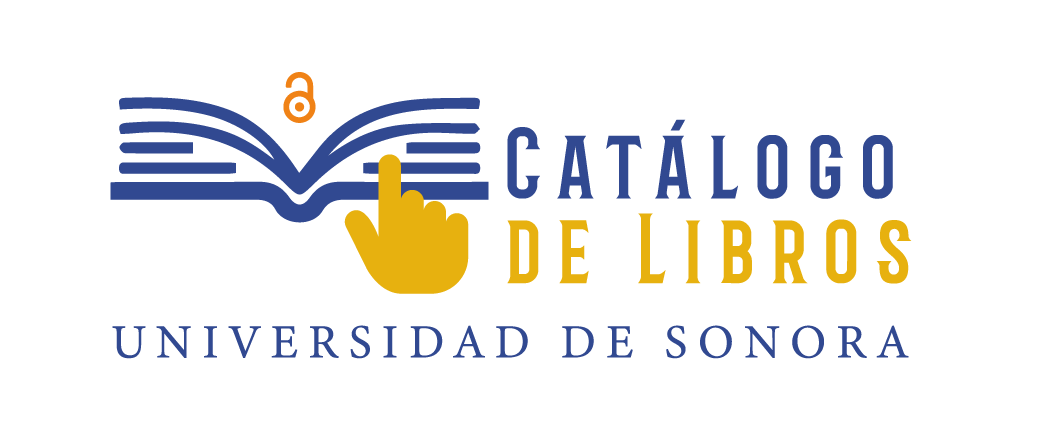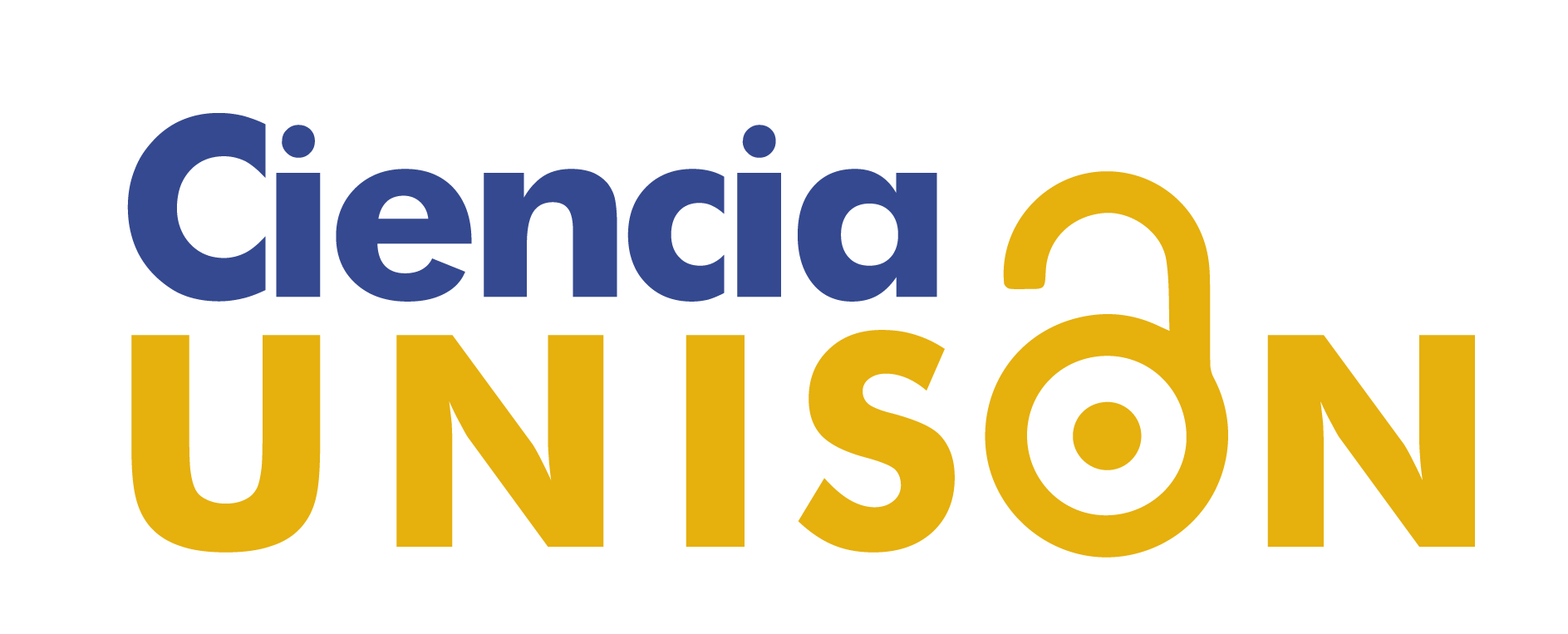Efecto de las condiciones de extracción sobre el contenido fenólico total y la capacidad antioxidante del orégano mexicano de bagazo
DOI:
https://doi.org/10.18633/biotecnia.v27.2494Palabras clave:
residuos agroindustriales, bagazo de orégano, compuestos bioactivos, sostenibilidad, valorizaci´ónResumen
El orégano mexicano (Lippia graveolens Kunth) es una de las especies más importantes a nivel mundial por sus propiedades benéficas para la salud humana y su alto valor económico. Las hojas de orégano se utilizan principalmente para la extracción de aceite esencial, generando un importante residuo agroindustrial conocidos como bagazo (BO). Se ha reportado que el BO aún contiene varios compuestos bioactivos con alta actividad antioxidante. El objetivo del estudio fue evaluar las condiciones de extracción para recuperar compuestos fenólicos y evaluar su capacidad antioxidante en extractos de BO obtenidos por ultrasonido. Se empleó un diseño Box-Behnken 3k para explorar el efecto de la temperatura, relación masa/volumen y [EtOH]. Se determinó el contenido de fenoles totales y la capacidad antioxidante frente a los radicales DPPH· and ABTS·+. El aumento de la temperatura y de la relación masa/volumen favoreció la extracción de compuestos fenólicos, con fuertes correlaciones con la actividad antioxidante mediante el ensayo DPPH· (0.81) y ABTS·+ (0.82). Se observó un efecto cuadrático por [EtOH], con un valor máximo al 50% de etanol. El valor más alto de contenido fenólico total (35.66 mgEAG/gms), y de capacidad antioxidante frente a los radicales DPPH· (100.94 mgET/gms) y ABTS·+ (93.02 mgET/gms) se alcanzó en el tratamiento 13 (0.02 mg/mL, 50% EtOH y 90°C). El OB es una fuente potencial de compuestos bioactivos con aplicaciones potenciales en el desarrollo de alimentos funcionales.
Descargas
Citas
Alagawany, M., Elgammal, M., Farag, M., Tiwari, R. & Dhama, K. 2015. Biological Effects and Modes of Action of Carvacrol in Animal and Poultry Production and Health - A Review. Advances in Animal and Veterinary Sciences, 3, 73-84.
Becerril-Sánchez, A. L., Quintero-Salazar, B., Dublán-García, O. & Escalona-Buendía, H. B. 2021. Phenolic Compounds in Honey and Their Relationship with Antioxidant Activity, Botanical Origin, and Color. Antioxidants, 10 (11), 1700.
Brahmi, F., Blando, F., Sellami, R., Mehdi, S., De Bellis, L., Negro, C., Haddadi-Guemghar, H., Madani, K. & Makhlouf-Boulekbache, L. 2022. Optimization of the conditions for ultrasound-assisted extraction of phenolic compounds from Opuntia ficus-indica [L.] Mill. flowers and comparison with conventional procedures. Industrial Crops and Products, 184, 114977.
Calvo-Irabien, L. M. 2018. Native Mexican aromatic flora and essential oils: Current research status, gaps in knowledge and agro-industrial potential. Industrial Crops and Products, 111, 807-822.
Chávez-González, M. L., Sepúlveda, L., Verma, D. K., Luna-García, H. A., Rodríguez-Durán, L. V., Ilina, A. & Aguilar, C. N. 2020. Conventional and Emerging Extraction Processes of Flavonoids. Processes, 8 (4), 434.
Cid-Pérez, T., Avila-Sosa, R., Ochoa Velasco, C. E., Rivera-Chavira, B. & Nevarez-Moorillon, G. 2019. Antioxidant and Antimicrobial Activity of Mexican Oregano (Poliomintha longiflora) Essential Oil, Hydrosol and Extracts from Waste Solid Residues. Plants, 8, 22.
Ćujić, N., Šavikin, K., Janković, T., Pljevljakušić, D., Zdunić, G. & Ibrić, S. 2016. Optimization of polyphenols extraction from dried chokeberry using maceration as traditional technique. Food Chemistry, 194, 135-142.
Drevelegka, I. & Goula, A. M. 2020. Recovery of grape pomace phenolic compounds through optimized extraction and adsorption processes. Chemical Engineering and Processing - Process Intensification, 149, 107845.
Du, G., Ma, Y., Song, J., Li, L., Niu, Z., Wu, S. & Lv, Y. 2018. Applications of pinocembrin in preparing anti-cerebral hemorrage medicament. China patent application WO/2018/090358.
Ferreira, B. L., Junior, T. K., Block, J. M., Granato, D. & Nunes, I. L. 2021. Innovative approach for obtaining phenolic compounds from guava (Psidium guajava L.) coproduct using ionic liquid ultrasound-assisted extraction (IL-UAE). Biocatalysis and Agricultural Biotechnology, 38, 102196.
Frías-Zepeda, M. E. & Rosales-Castro, M. 2021. Efecto de las condiciones de extracción sobre la concentración de compuestos fenólicos en residuos de orégano mexicano (Lippia graveolens Kunth). Revista Chapingo Serie Ciencias Forestales y del Ambiente, 27, 367–381.
González-Trujano, M. E., Hernández-Sánchez, L. Y., Muñoz Ocotero, V., Dorazco-González, A., Guevara Fefer, P. & Aguirre-Hernández, E. 2017. Pharmacological evaluation of the anxiolytic-like effects of Lippia graveolens and bioactive compounds. Pharmaceutical Biology, 55, 1569-1576.
Goula, A. M., Ververi, M., Adamopoulou, A. & Kaderides, K. 2017. Green ultrasound-assisted extraction of carotenoids from pomegranate wastes using vegetable oils. Ultrasonics Sonochemistry, 34, 821-830.
Gutiérrez-Grijalva, E. P., Angulo-Escalante, M. A., León-Félix, J. & Heredia, J. B. 2017. Effect of In Vitro Digestion on the Total Antioxidant Capacity and Phenolic Content of 3 Species of Oregano (Hedeoma patens, Lippia graveolens, Lippia palmeri). Journal of Food Science, 82, 2832-2839.
Lim, Y. P., Pang, S. F., Yusoff, M. M., Abdul Mudalip, S. K. & Gimbun, J. 2019. Correlation between the extraction yield of mangiferin to the antioxidant activity, total phenolic and total flavonoid content of Phaleria macrocarpa fruits. Journal of Applied Research on Medicinal and Aromatic Plants, 14, 100224.
Lin, L. Z., Mukhopadhyay, S., Robbins, R. J. & Harnly, J. M. 2007. Identification and quantification of flavonoids of Mexican oregano (Lippia graveolens) by LC-DAD-ESI/MS analysis. Journal of Food Composition and Analysis, 20, 361-369.
López-Cárdenas, F., Ochoa-Reyes, E., Baeza-Jiménez, R., Tafolla-Arellano, J. C., Ascacio-Valdés, J. A. & Buenrostro-Figueroa, J. J. 2023. Solid-State Fermentation as a Sustainable Tool for Extracting Phenolic Compounds from Cascalote Pods. Fermentation, 9, 823.
Machado, A. P. D. F., Pasquel-Reátegui, J. L., Barbero, G. F. & Martínez, J. 2015. Pressurized liquid extraction of bioactive compounds from blackberry (Rubus fruticosus L.) residues: a comparison with conventional methods. Food Research International, 77, 675-683.
Martínez-Natarén, D., Parra-Tabla, V., Dzib, G., Acosta-Arriola, V., Canul-Puc, K. & Calvo-Irabién, L. 2013. Essential oil Yield Variation Within and Among Wild Populations of Mexican Oregano (Lippia graveolens H.B.K.-Verbenaceae), and its Relation to Climatic and Edaphic Conditions. Journal of Essential Oil Bearing Plants, 15, 589-601.
Meléndez, N. P., Nevrez-Moorillón, V., Rodríguez-Herrera, R., Espinoza José, C. & Aguilar, C. N. 2014. A microassay for quantification of 2,2-diphenyl-1-picrylhydracyl (DPPH) free radical scavenging. African Journal of Biochemistry Research, 8, 14-18.
Muzolf-Panek, M. & Stuper-Szablewska, K. 2021. Comprehensive study on the antioxidant capacity and phenolic profiles of black seed and other spices and herbs: effect of solvent and time of extraction. Journal of Food Measurement and Characterization, 15, 4561-4574.
Orona Castillo, I., Salvador Almazán, A. J., Espinoza Arellano, J. D. J. & Vázquez, C. 2017. Recolección y comercialización del orégano (Lippia spp) en el semidesierto mexicano, un caso de estudio: Reserva ecológica municipal Sierra y Cañon de Jimulco, México. Revista Mexicana de Agronegocios, 41, 684-695.
Osorio-Tobón, J. F. 2020. Recent advances and comparisons of conventional and alternative extraction techniques of phenolic compounds. Journal of Food Science and Technology, 57, 4299-4315.
Pandey, A., Belwal, T., Sekar, K. C., Bhatt, I. D. & Rawal, R. S. 2018. Optimization of ultrasonic-assisted extraction (UAE) of phenolics and antioxidant compounds from rhizomes of Rheum moorcroftianum using response surface methodology (RSM). Industrial Crops and Products, 119, 218-225.
Putra, V. G. P., Mutiarahma, S., Chaniago, W., Rahmadi, P., Kurnianto, D., Hidayat, C., Carrera, C., Palma, M. & Setyaningsih, W. 2022. An ultrasound-based technique for the analytical extraction of phenolic compounds in red algae. Arabian Journal of Chemistry, 15, 103597.
Reyes-Jurado, F., Cervantes-Rincón, T., Bach, H., López-Malo, A. & Palou, E. 2019. Antimicrobial activity of Mexican oregano (Lippia berlandieri), thyme (Thymus vulgaris), and mustard (Brassica nigra) essential oils in gaseous phase. Industrial Crops and Products, 131, 90-95.
Romero-Díez, R., Rodríguez-Rojo, S., Cocero, M. J., Duarte, C. M. M., Matias, A. A. & Bronze, M. R. 2018. Phenolic characterization of aging wine lees: Correlation with antioxidant activities. Food Chemistry, 259, 188-195.
Shehata, M. G., Abd El Aziz, N. M., Youssef, M. M. & El-Sohaimy, S. A. 2021. Optimization conditions of ultrasound-assisted extraction of phenolic compounds from orange peels using response surface methodology. Journal of Food Processing and Preservation, 45, e15870.
Solomakou, N., Loukri, A., Tsafrakidou, P., Michaelidou, A.-M., Mourtzinos, I. & Goula, A. M. 2022. Recovery of phenolic compounds from spent coffee grounds through optimized extraction processes. Sustainable Chemistry and Pharmacy, 25, 100592.
Stashenko, E., Duran García, D. C., Martinez Morales, J. R., Cordoba Campo, Y., Arias Velandia, A. J., Mejia Medina, J. J. & Tavera Reyes, C. A. 2018. Method for making full use of Lippia Origanoides. Colombia patent application 16/474,470.
Uysal, S., Cvetanović, A., Zengin, G., Zeković, Z., Mahomoodally, M. F. & Bera, O. 2019. Optimization of Maceration Conditions for Improving the Extraction of Phenolic Compounds and Antioxidant Effects of Momordica charantia L. Leaves Through Response Surface Methodology (RSM) and Artificial Neural Networks (ANNs). Analytical Letters, 52, 2150-2163.
Wojeicchowski, J. P., Marques, C., Igarashi-Mafra, L., Coutinho, J. a. P. & Mafra, M. R. 2021. Extraction of phenolic compounds from rosemary using choline chloride – based Deep Eutectic Solvents. Separation and Purification Technology, 258, 117975.
Wong-Paz, J. E., Contreras-Esquivel, J. C., Rodríguez-Herrera, R., Carrillo-Inungaray, M. L., López, L. I., Nevárez-Moorillón, G. V. & Aguilar, C. N. 2015. Total phenolic content, in vitro antioxidant activity and chemical composition of plant extracts from semiarid Mexican region. Asian Pacific Journal of Tropical Medicine, 8, 104-111.
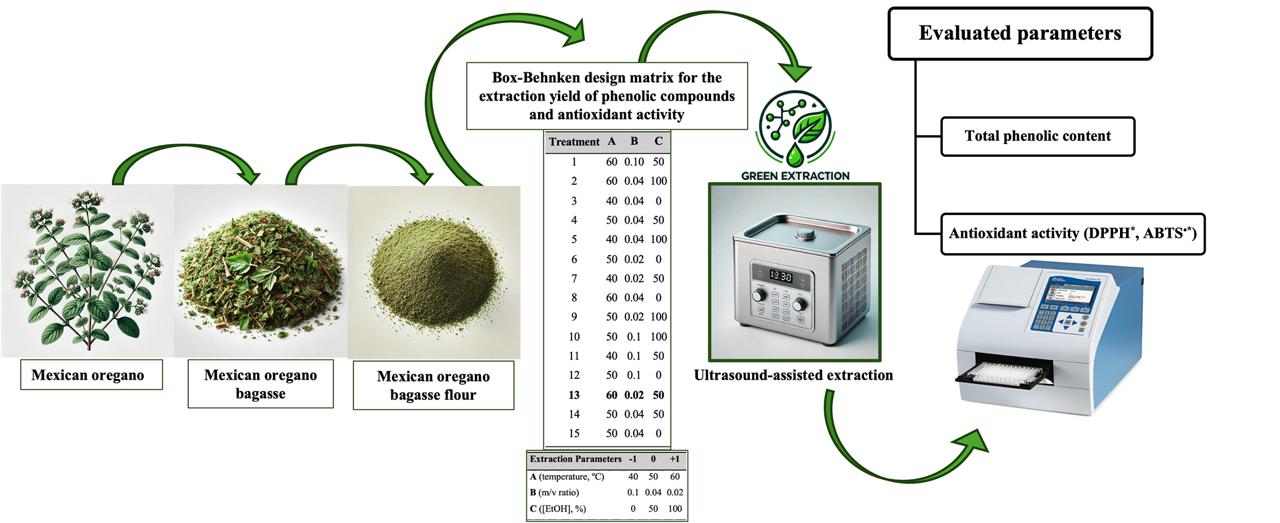
Descargas
Publicado
Cómo citar
Número
Sección
Licencia
Derechos de autor 2025

Esta obra está bajo una licencia internacional Creative Commons Atribución-NoComercial-CompartirIgual 4.0.
La revista Biotecnia se encuentra bajo la licencia Atribución-NoComercial-CompartirIgual 4.0 Internacional (CC BY-NC-SA 4.0)



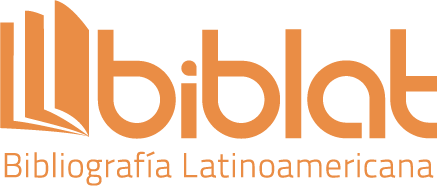

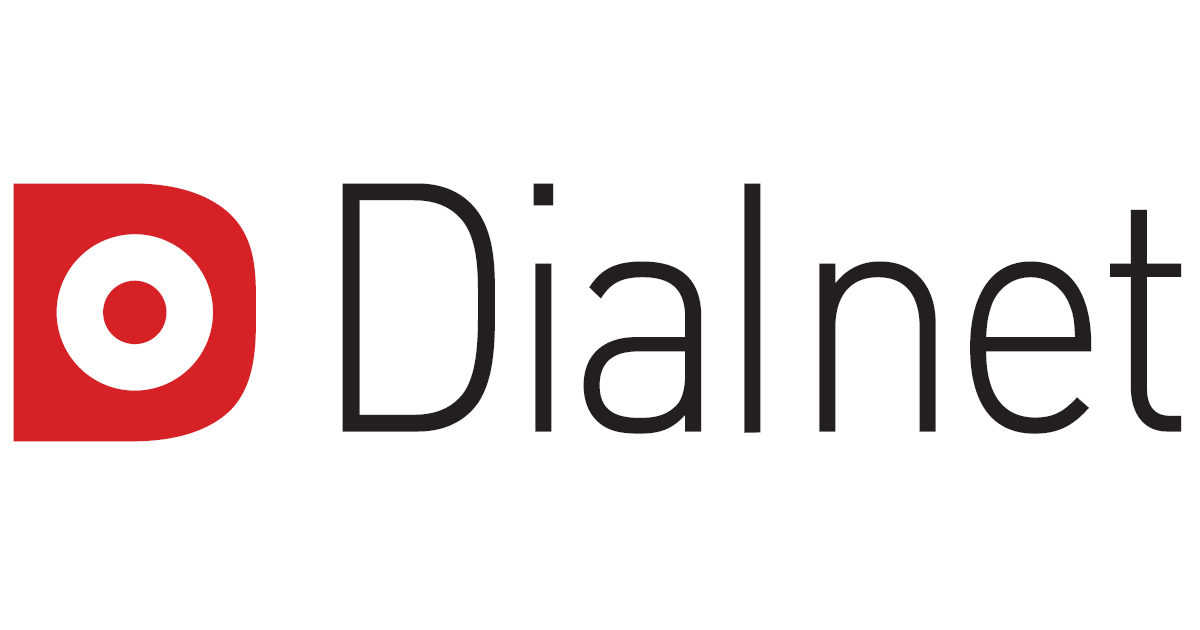

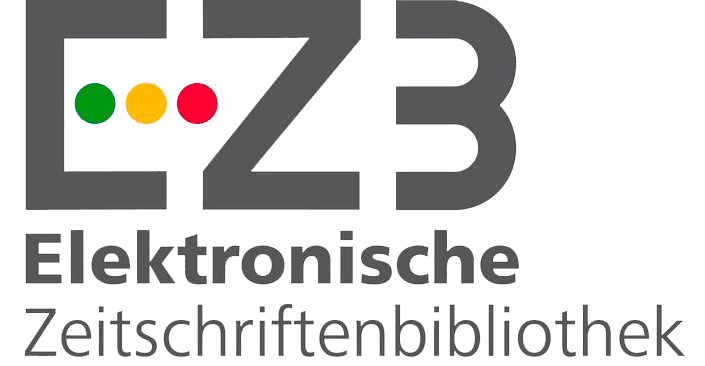


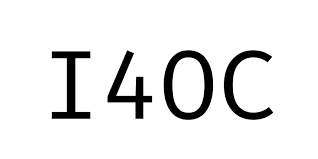


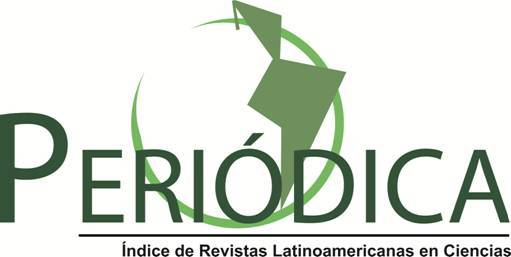

_(2).jpg)


